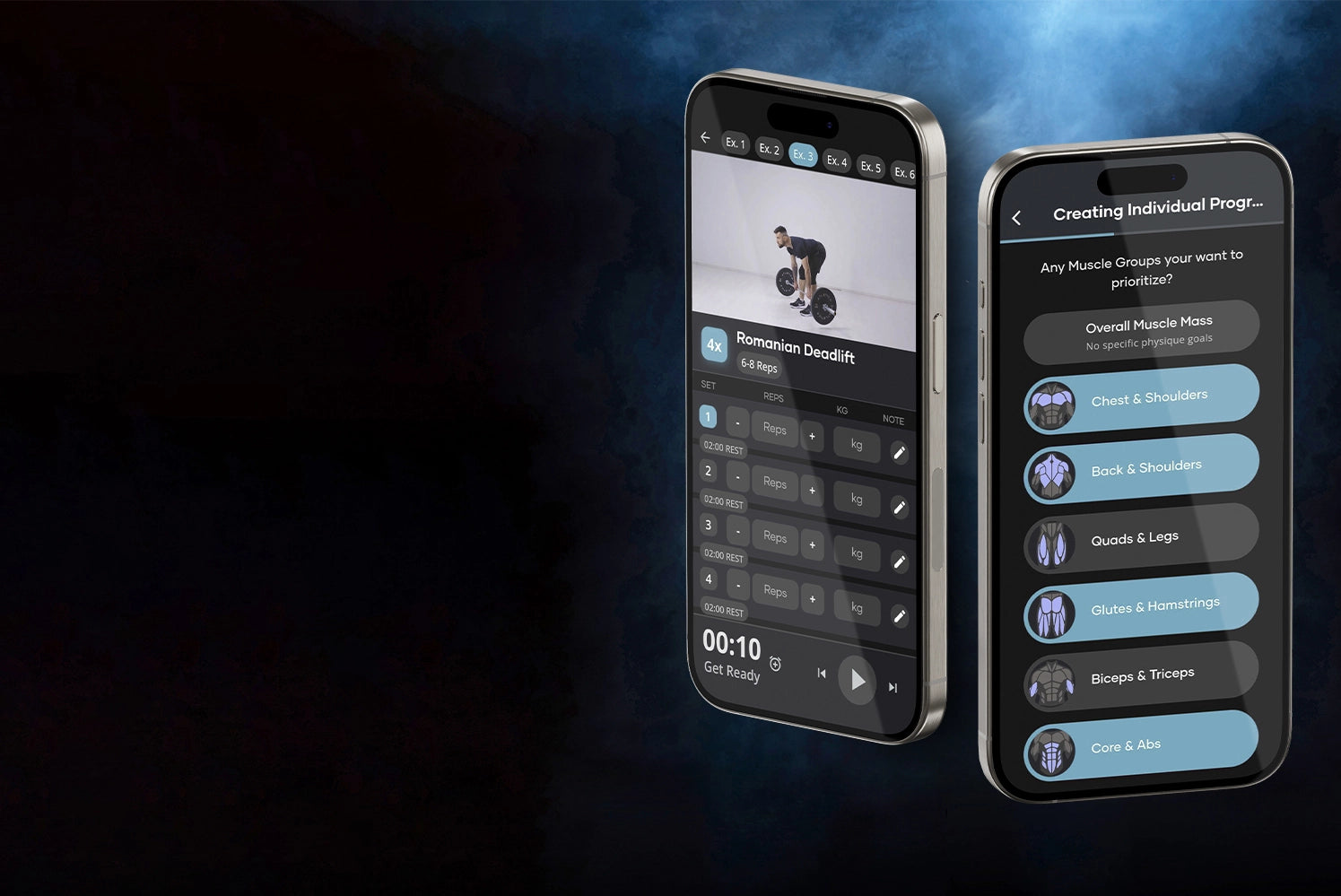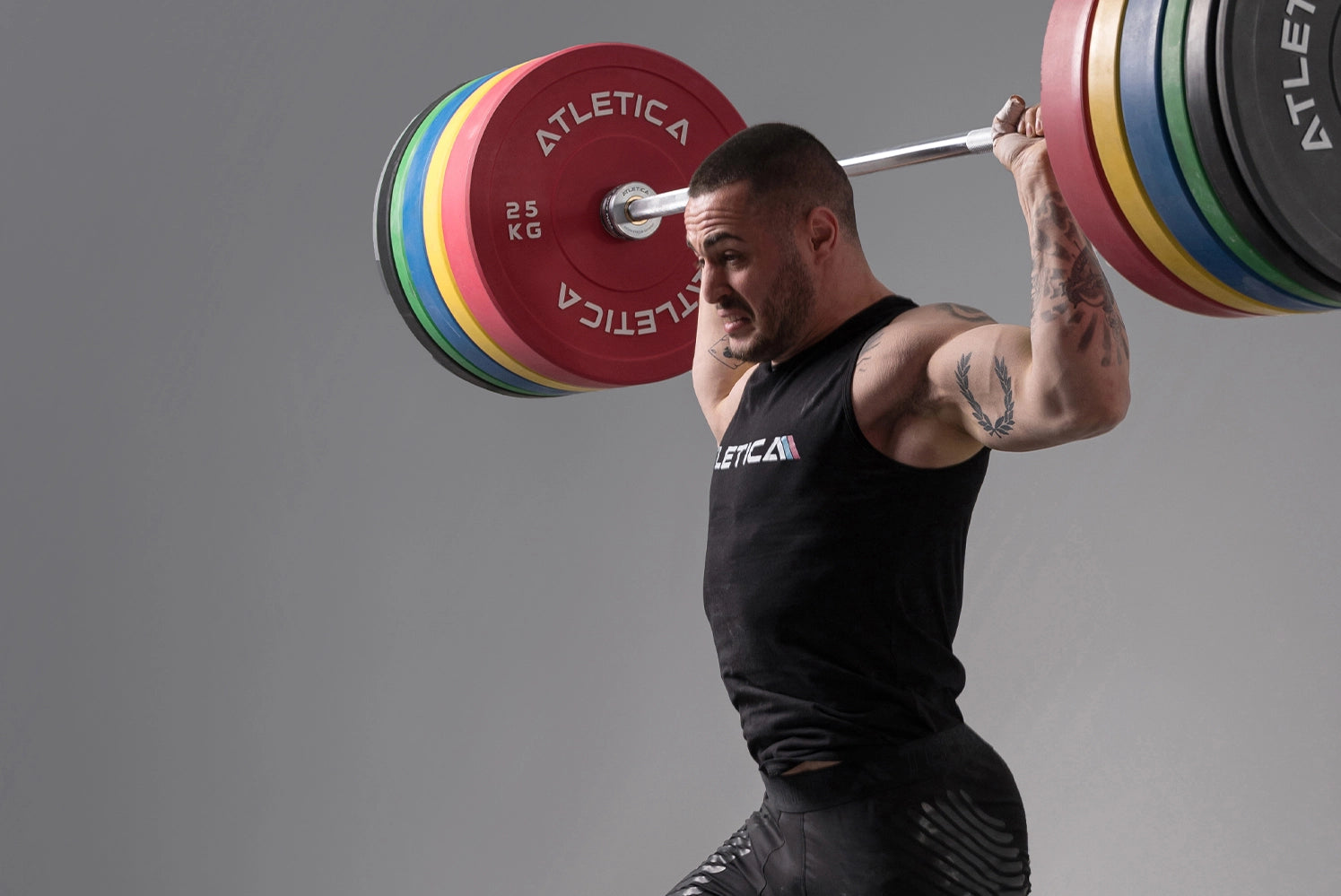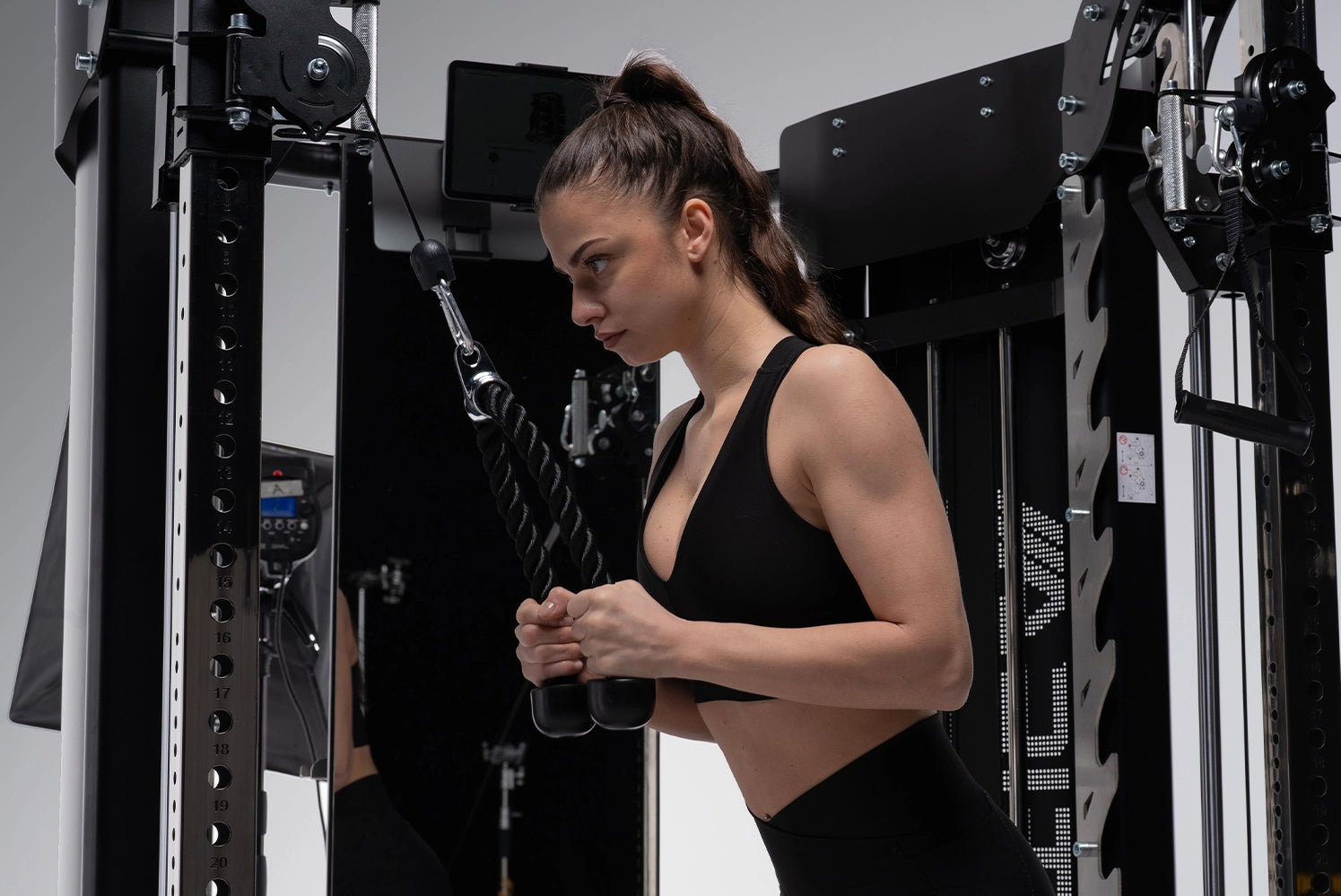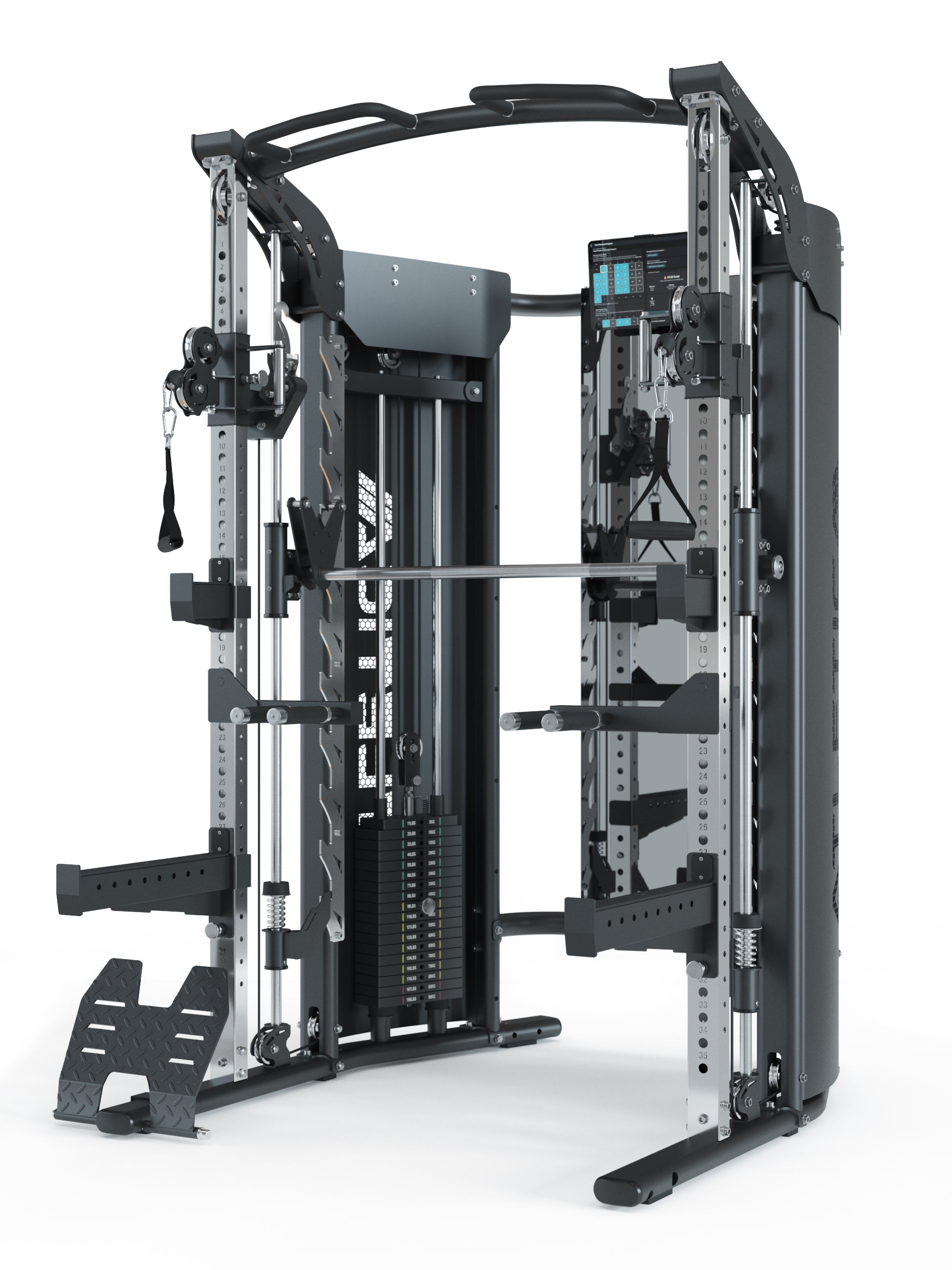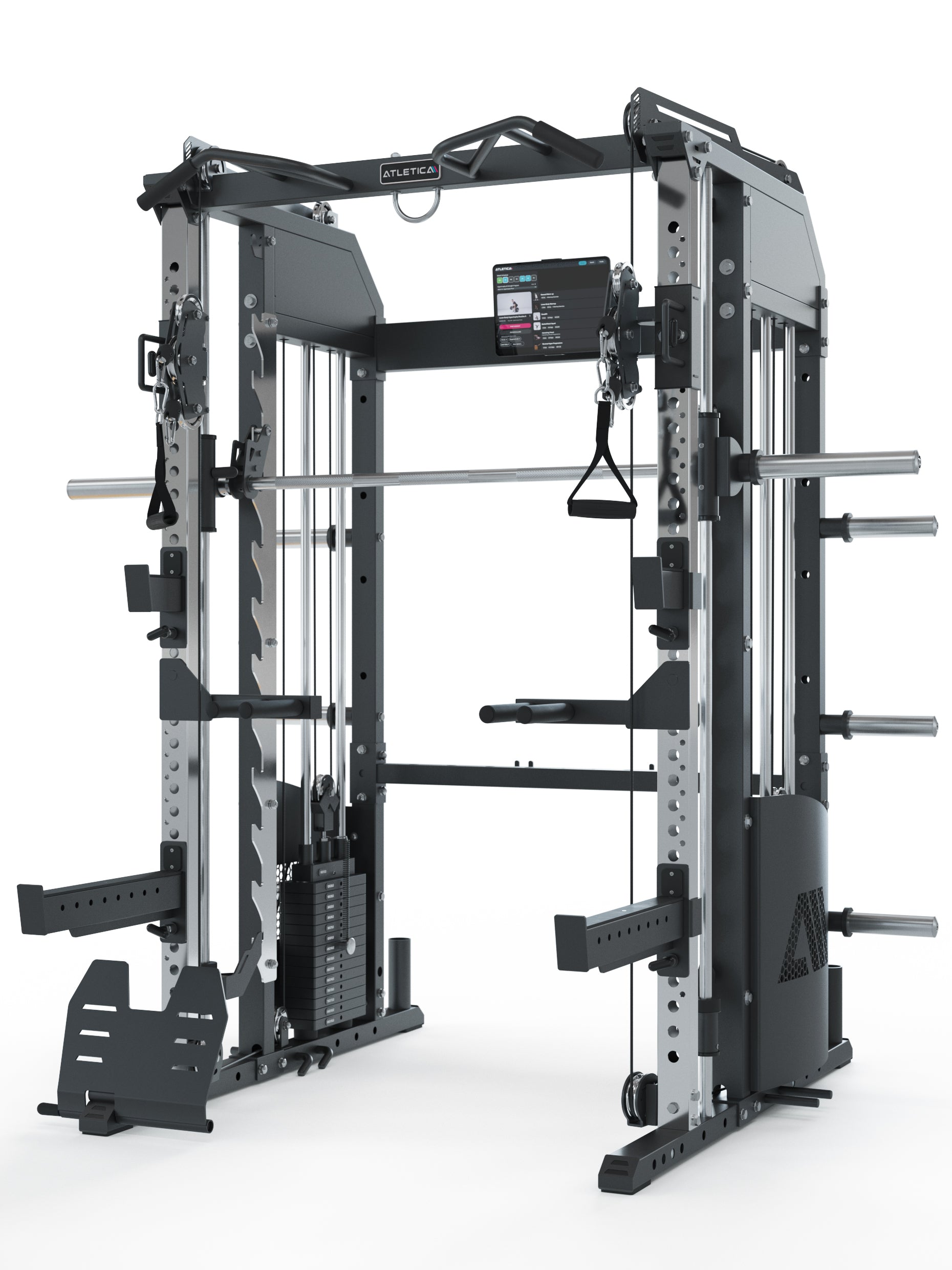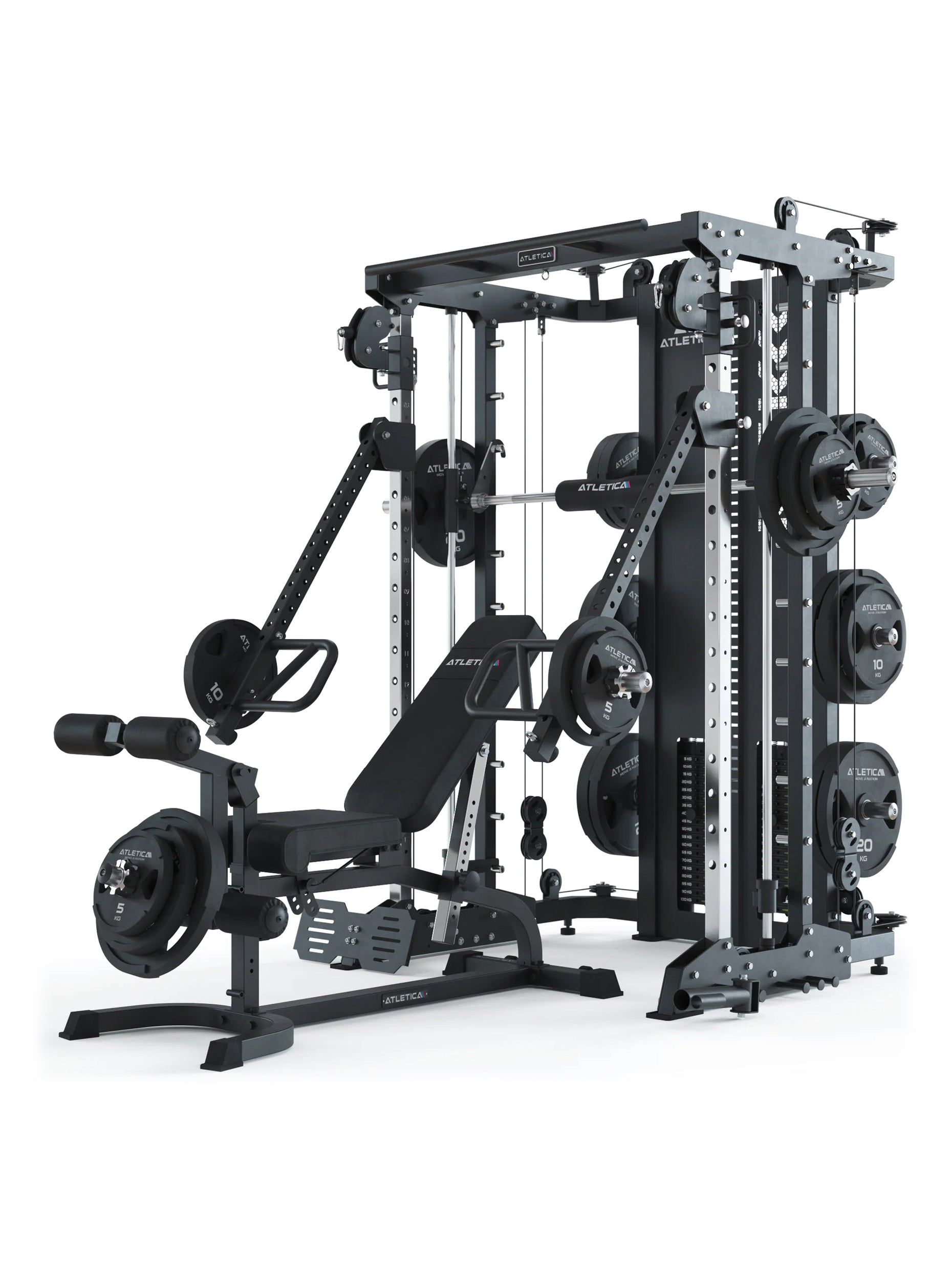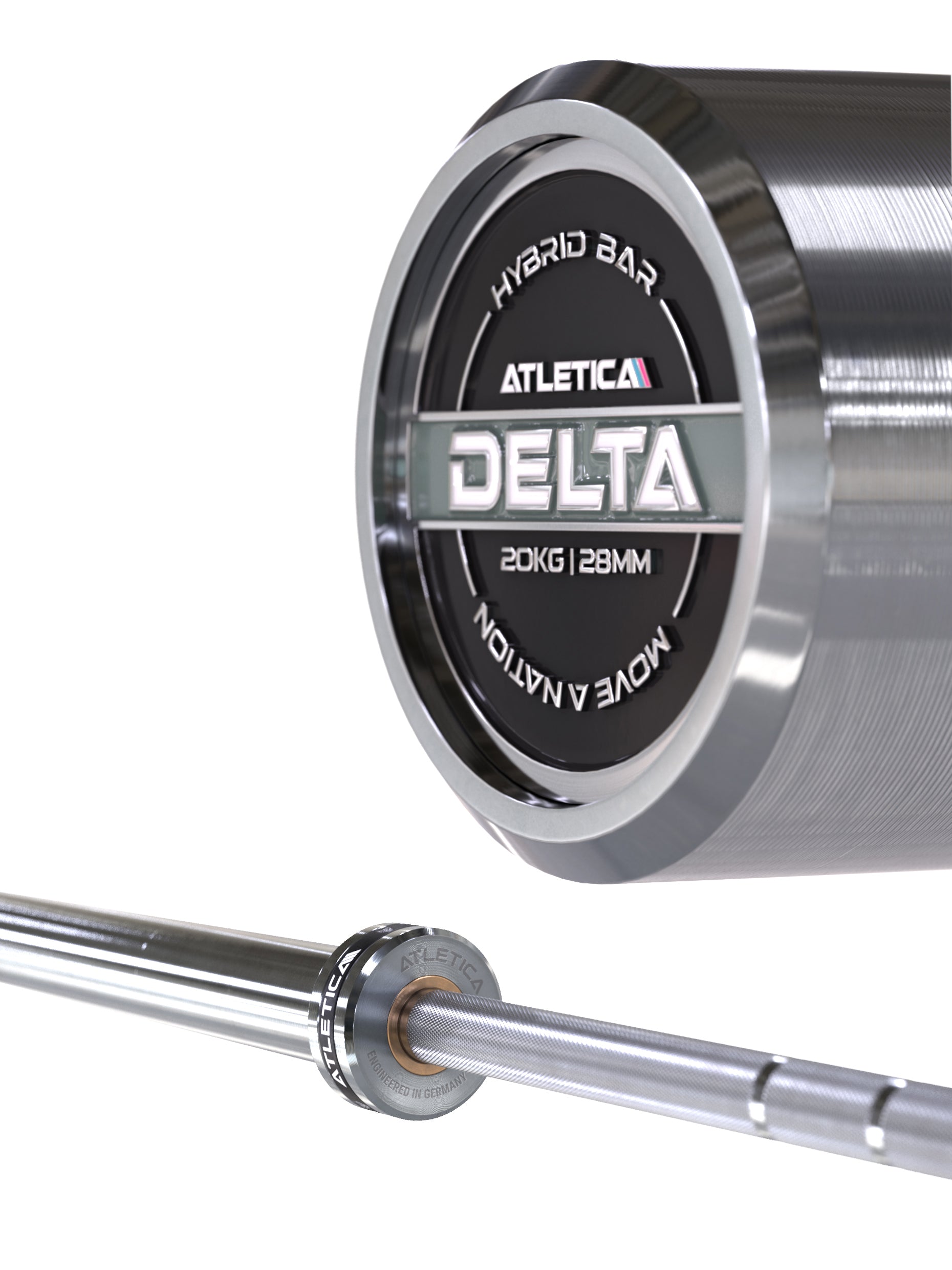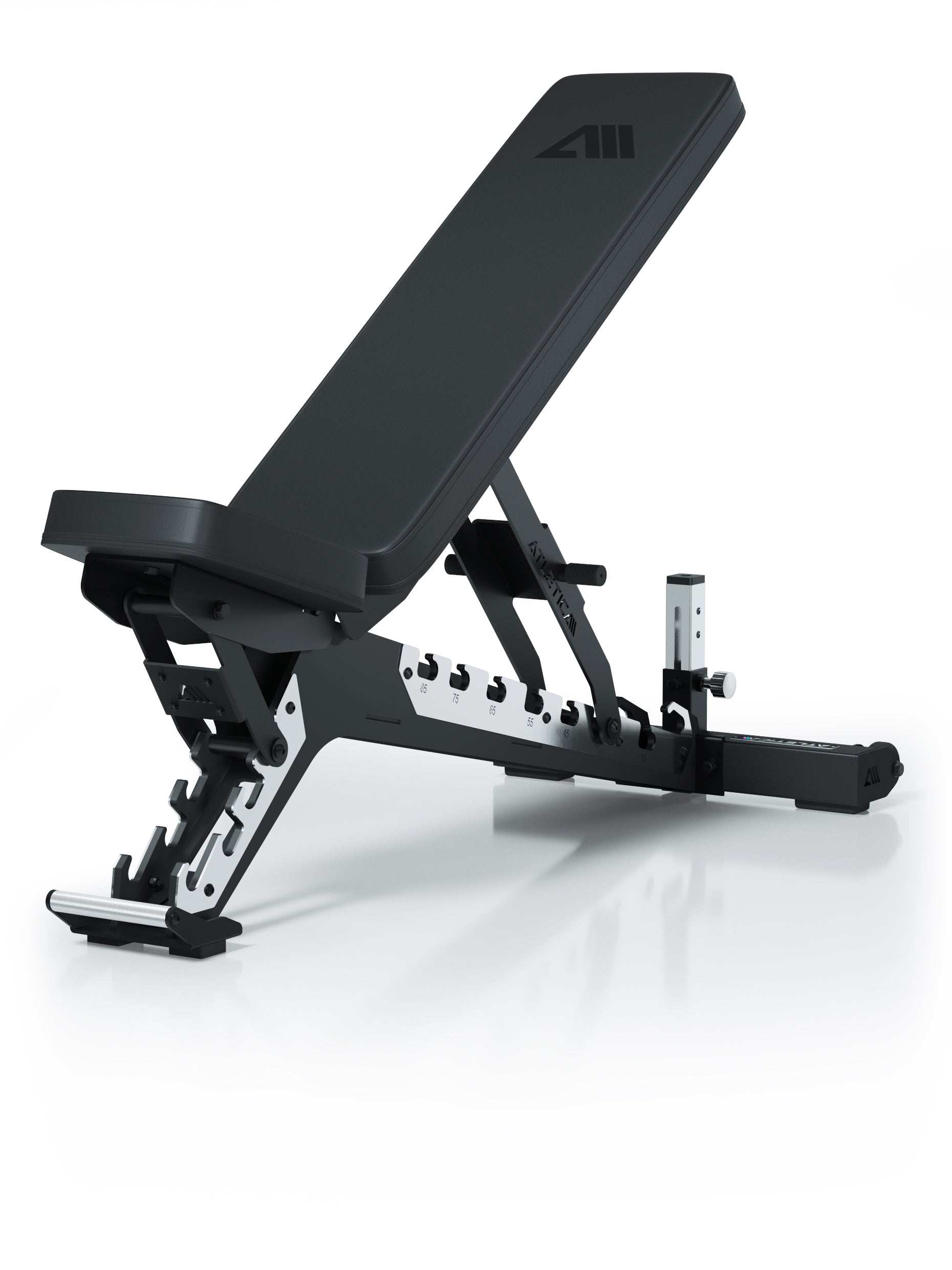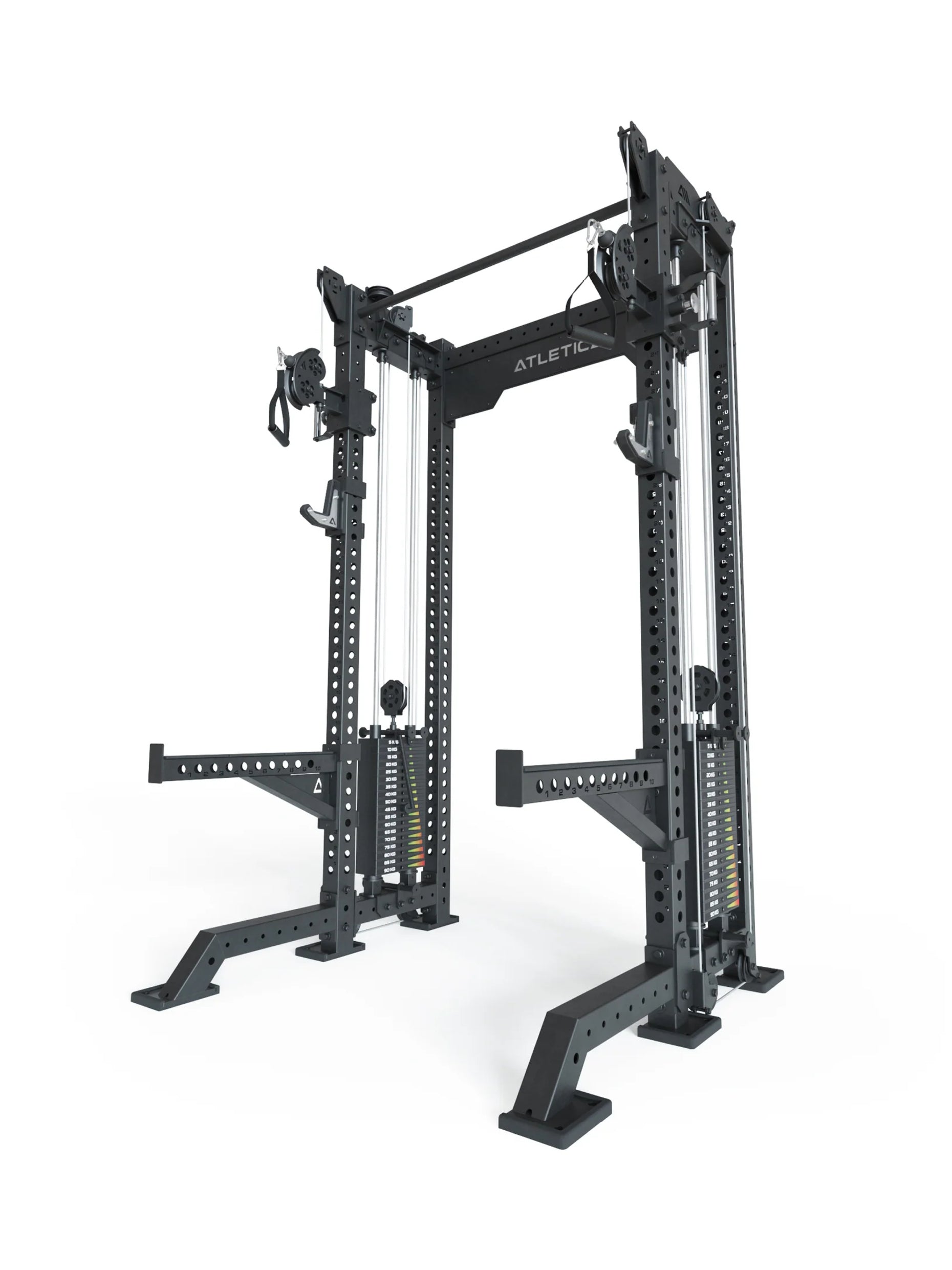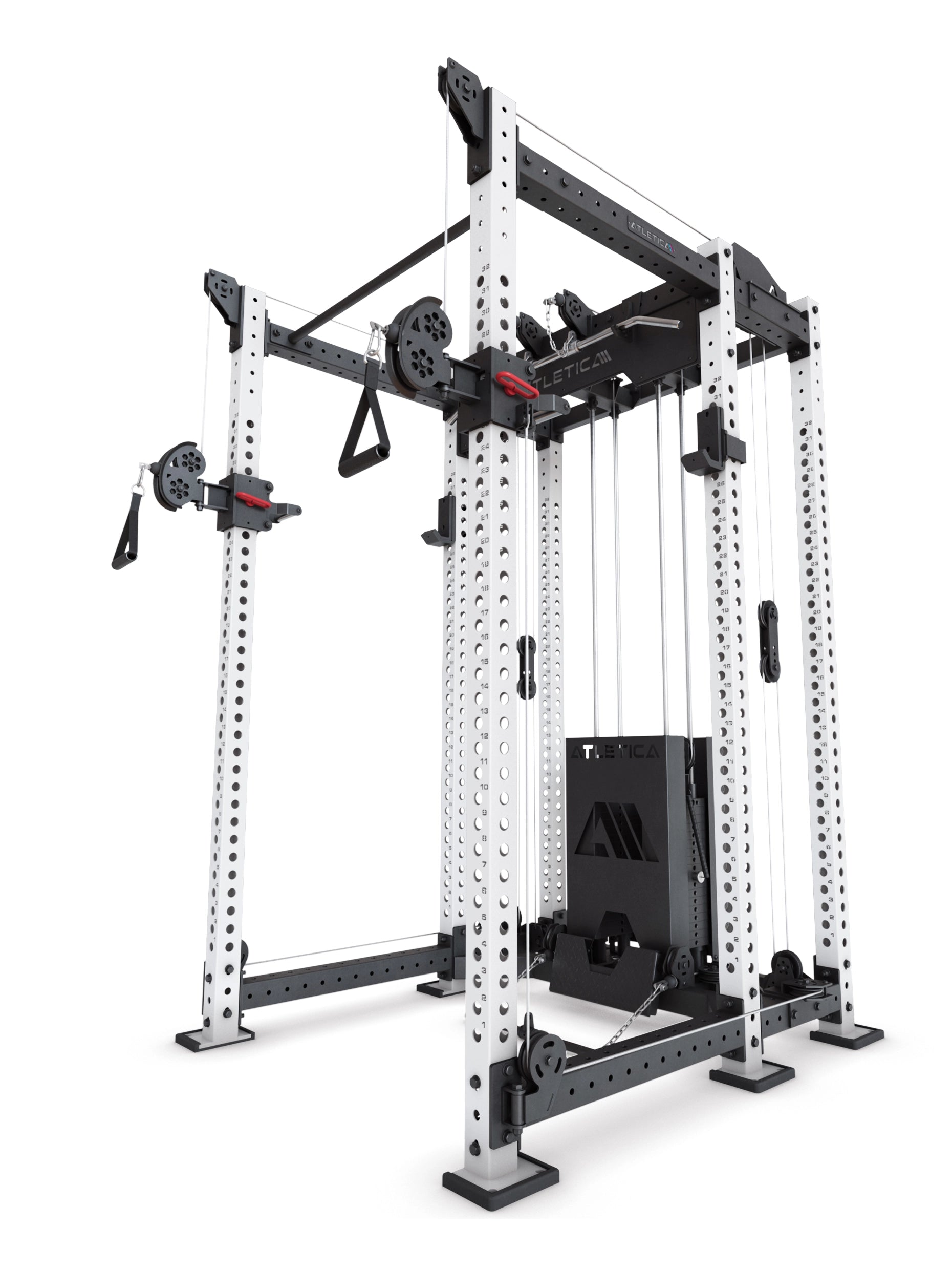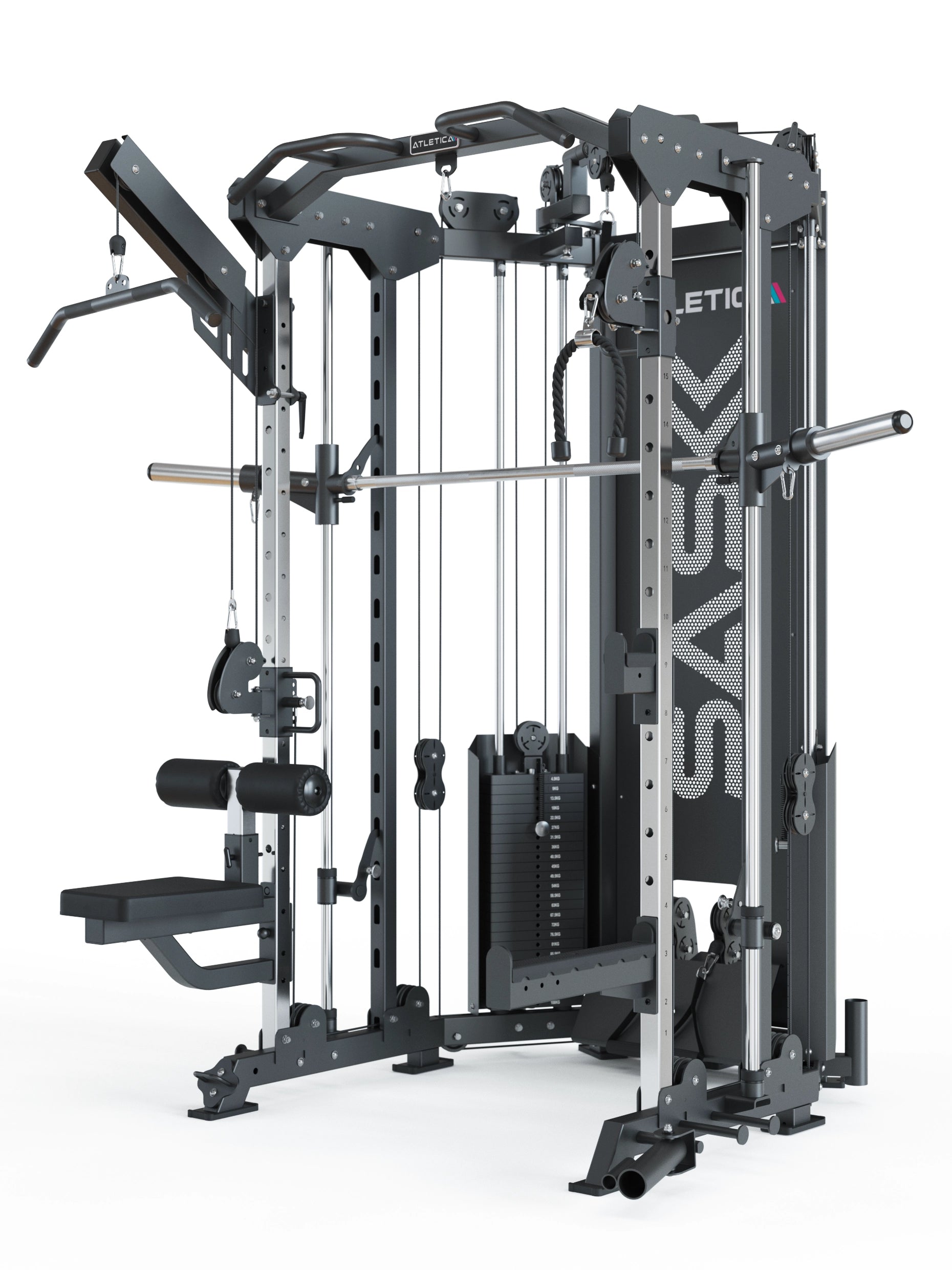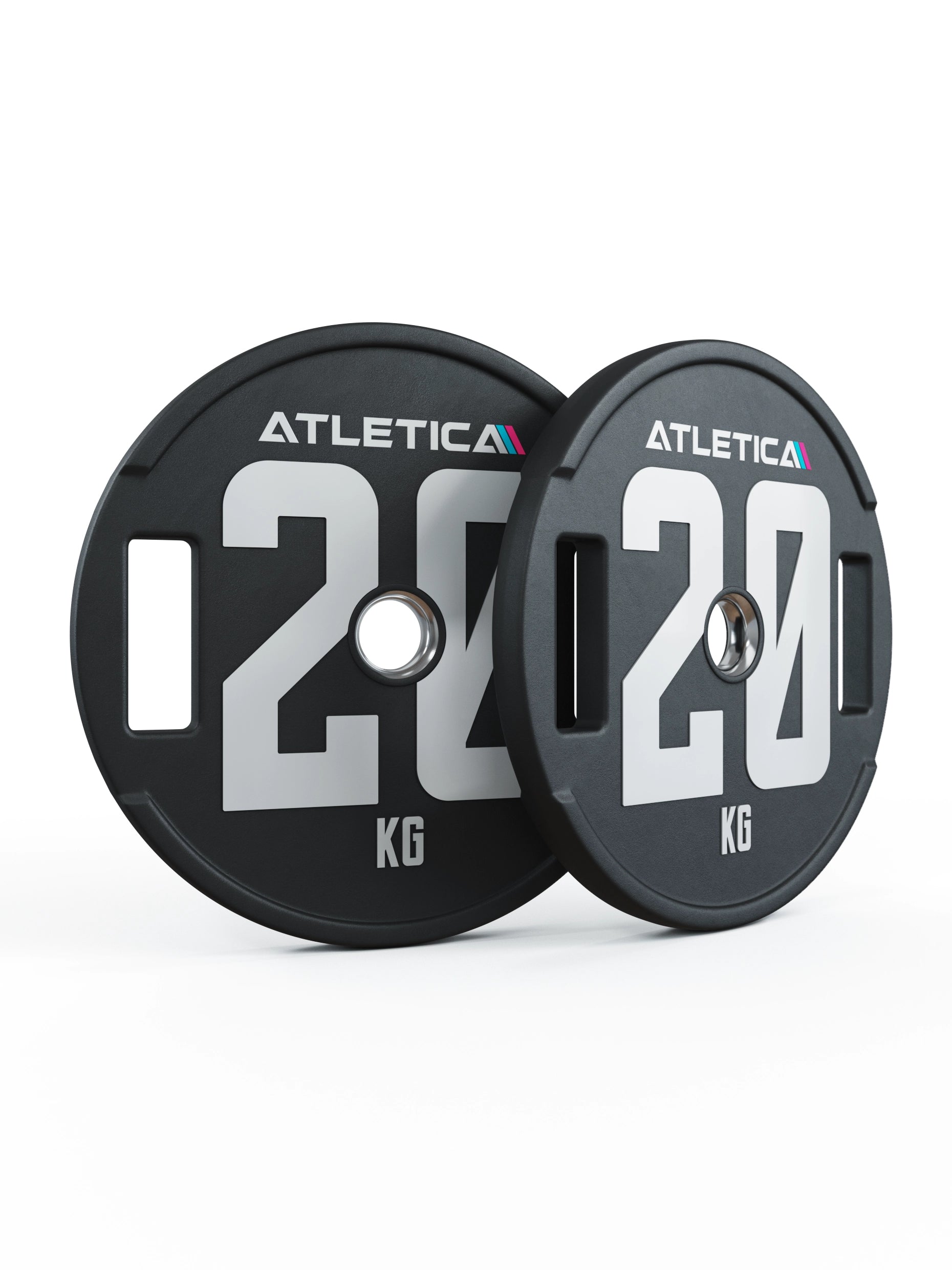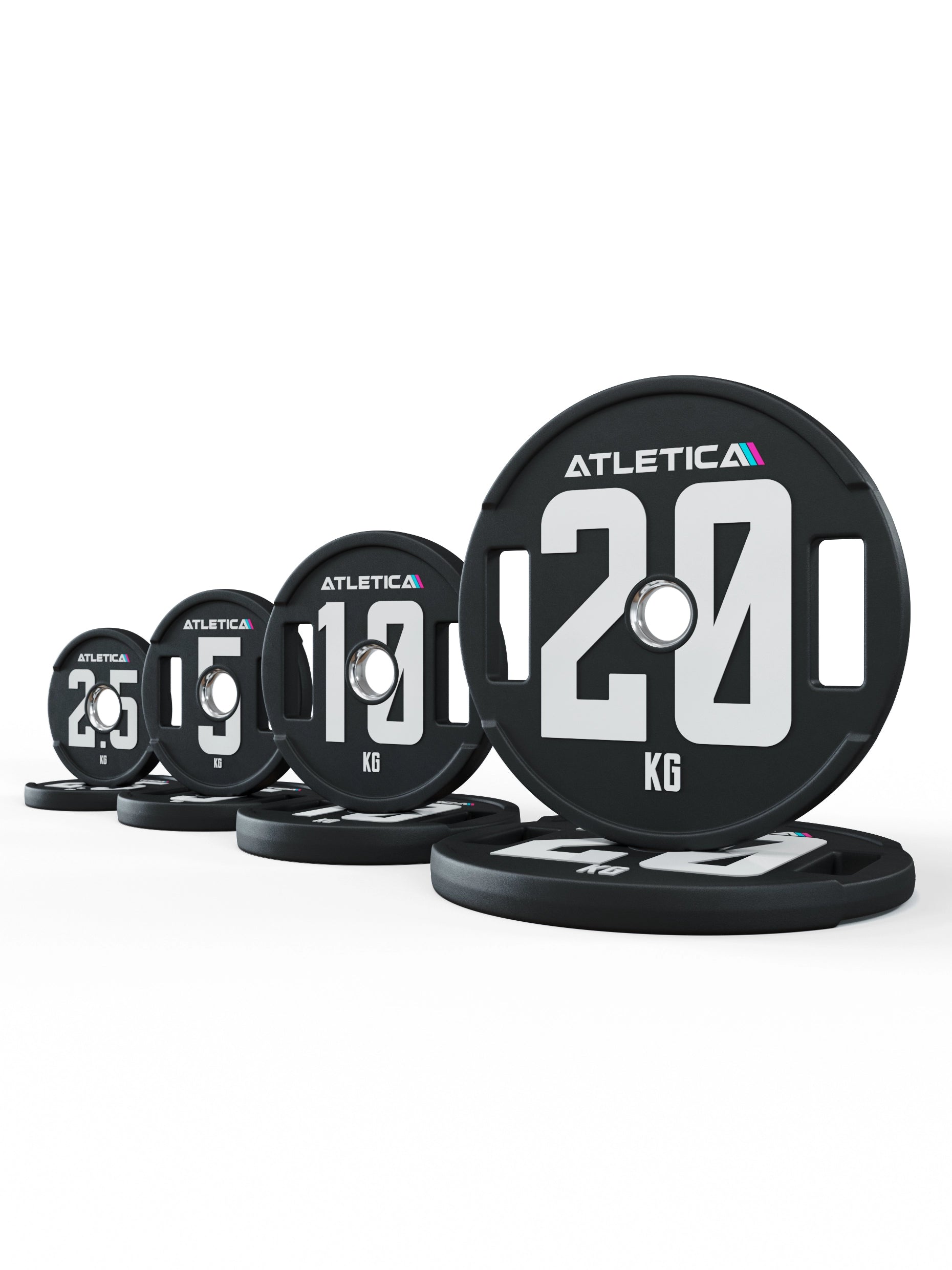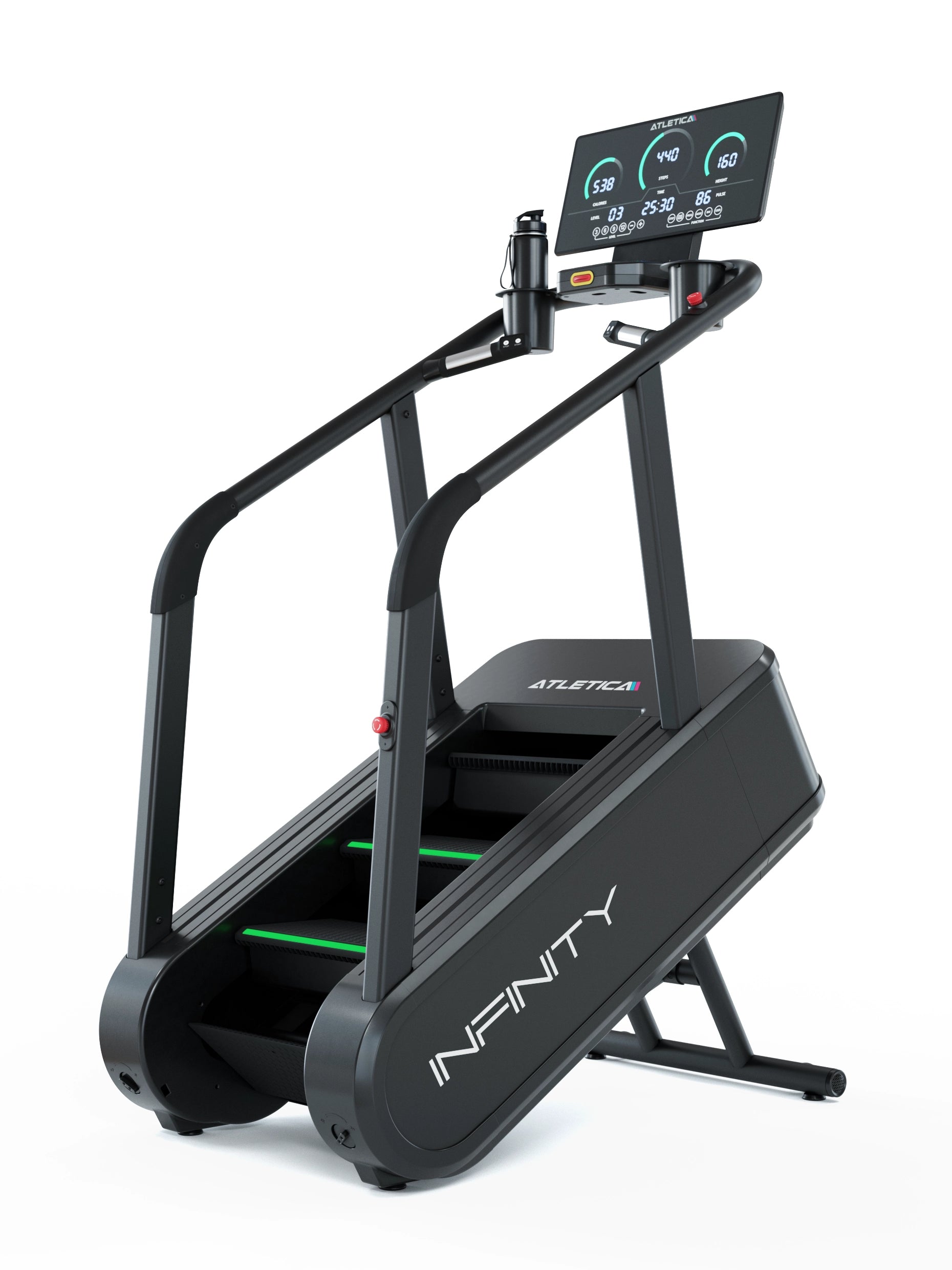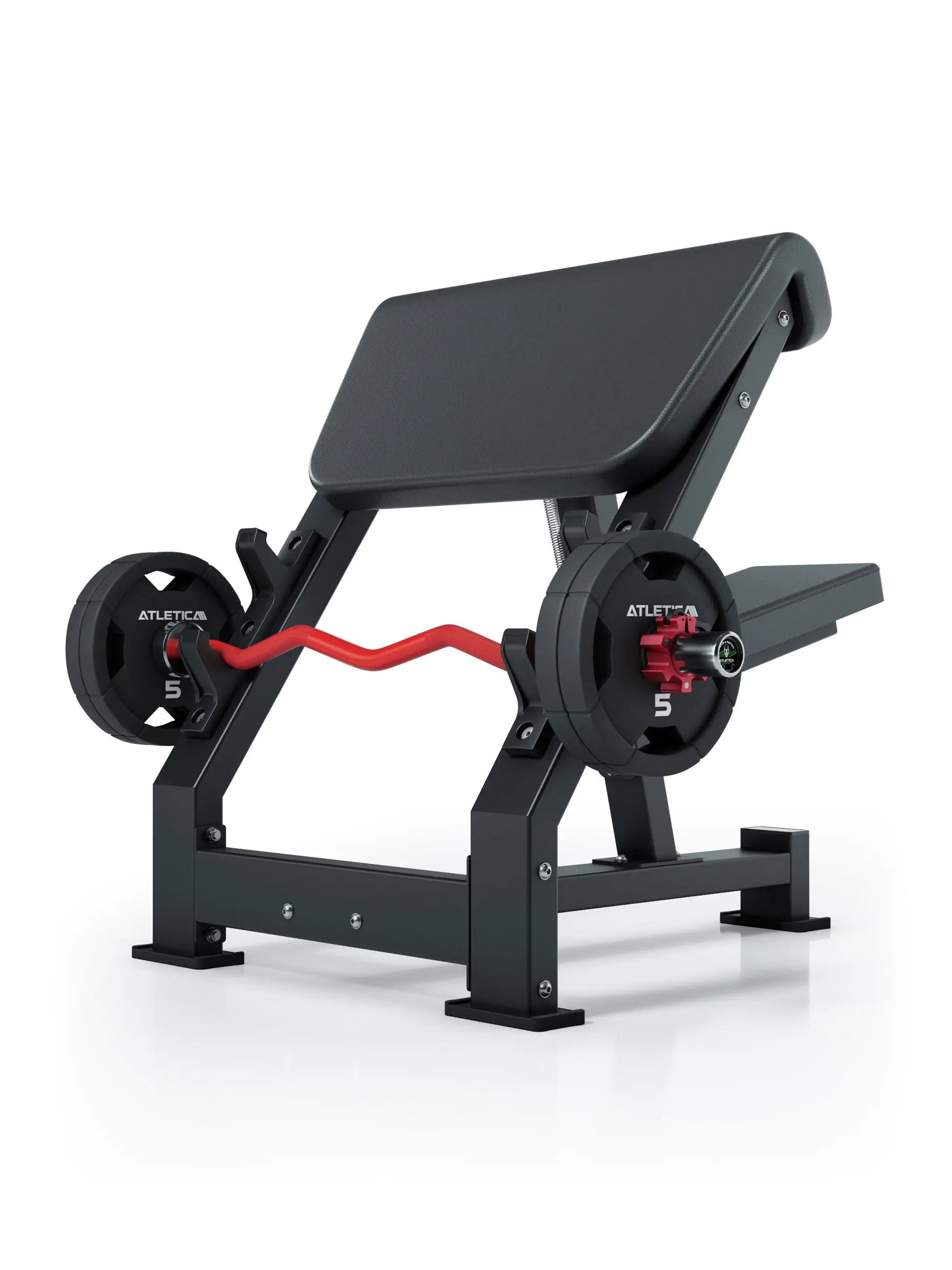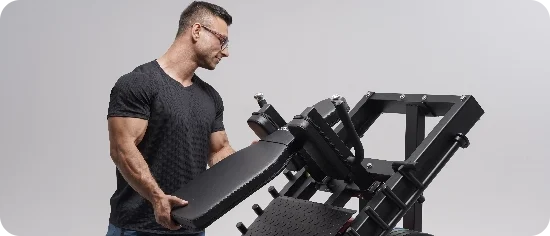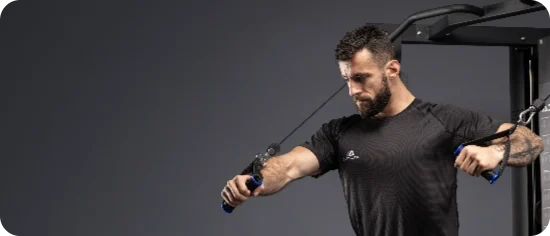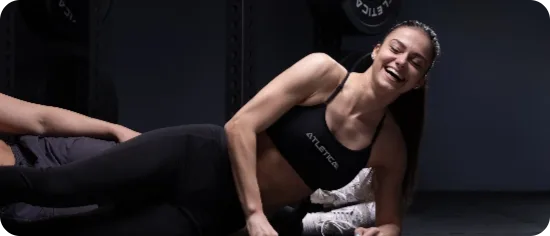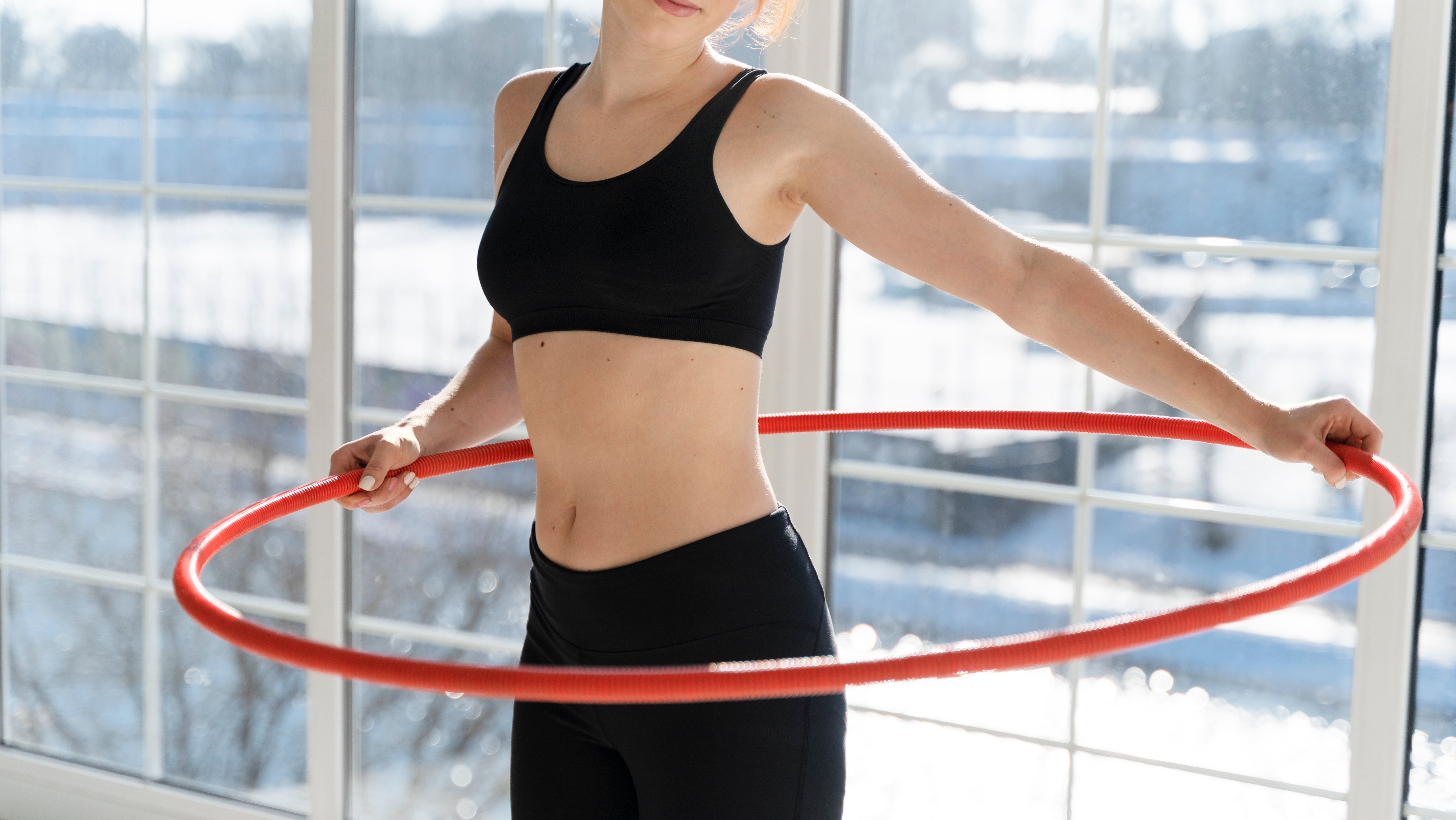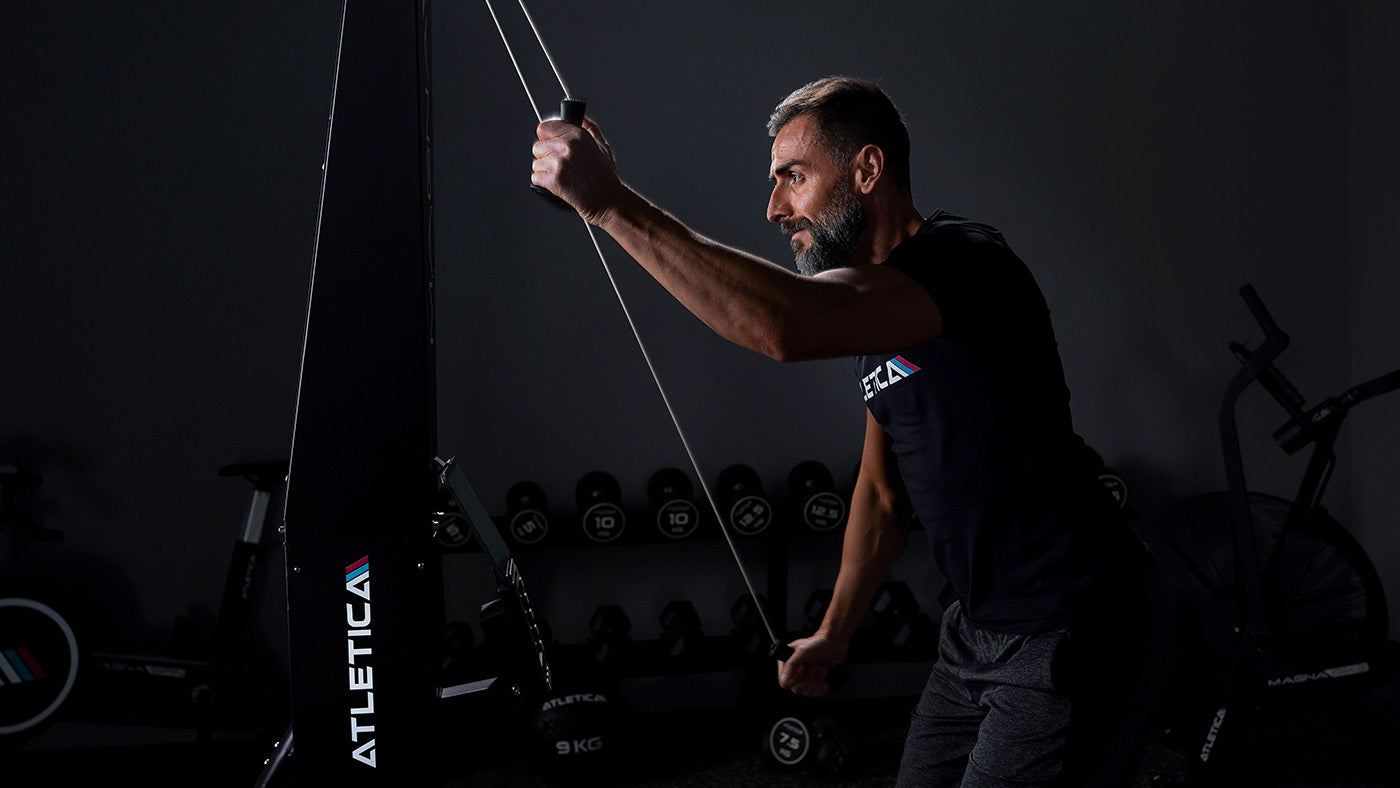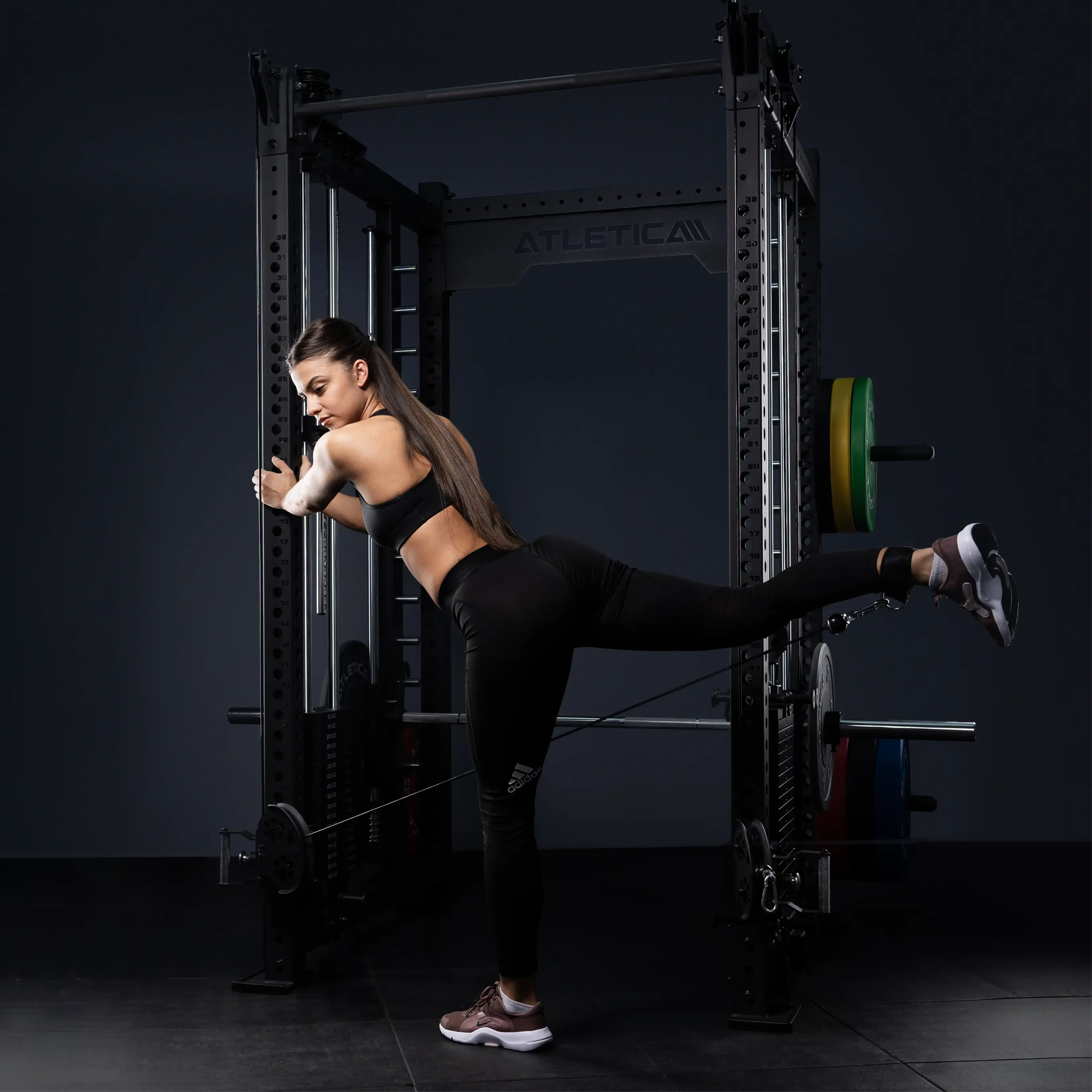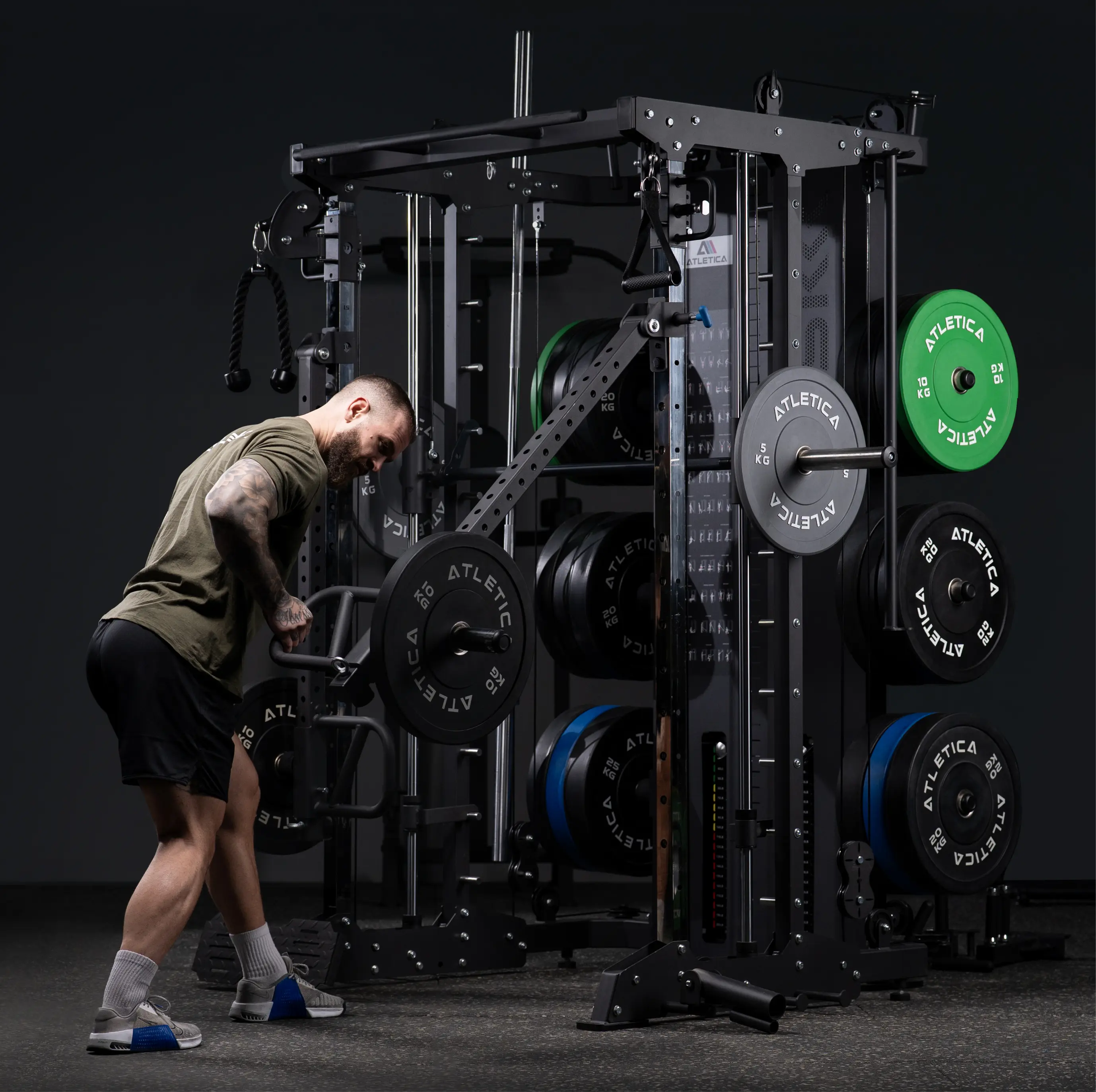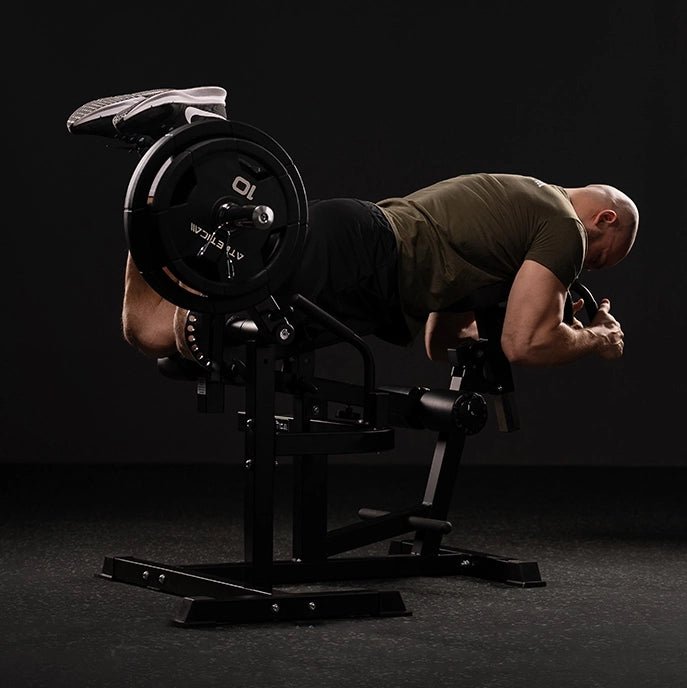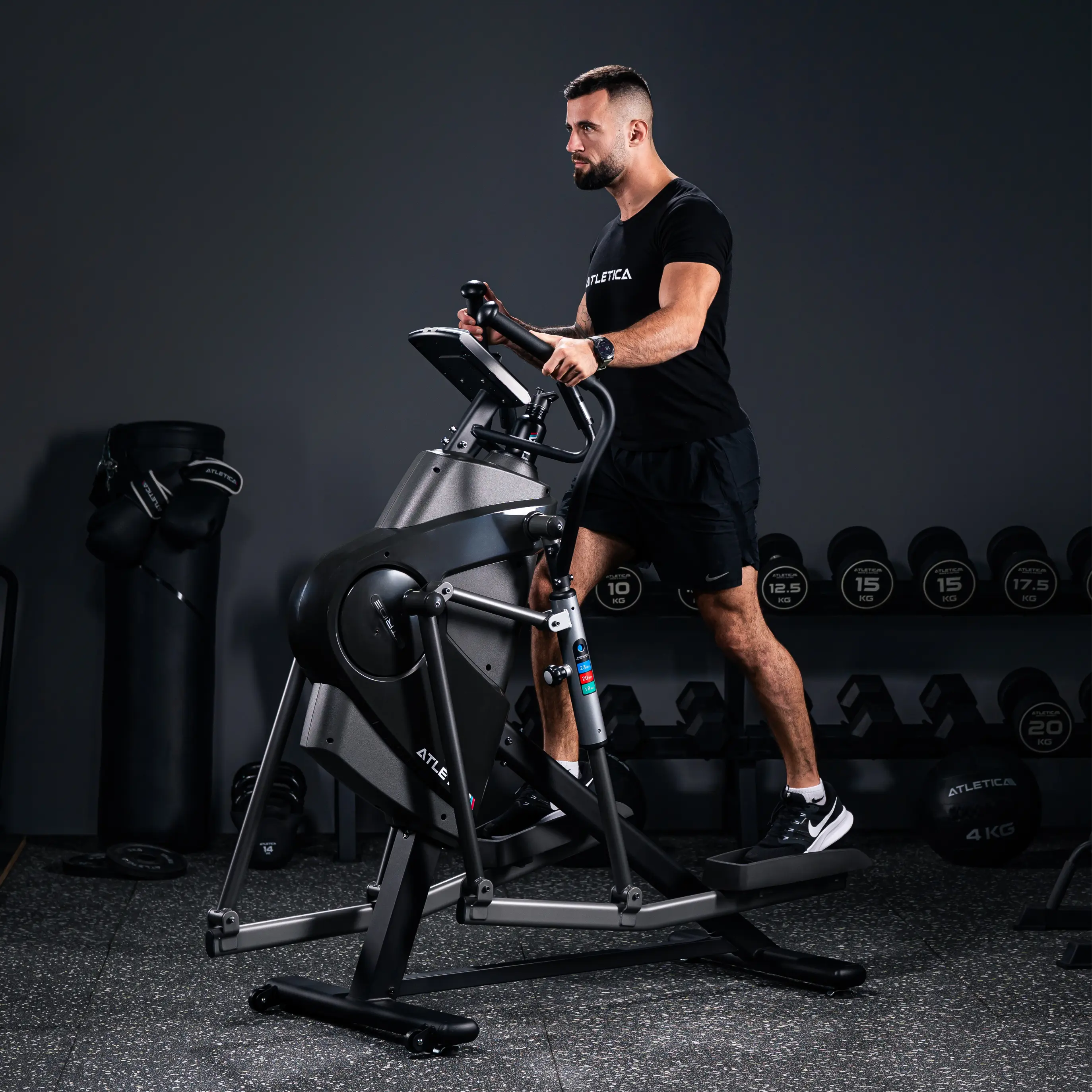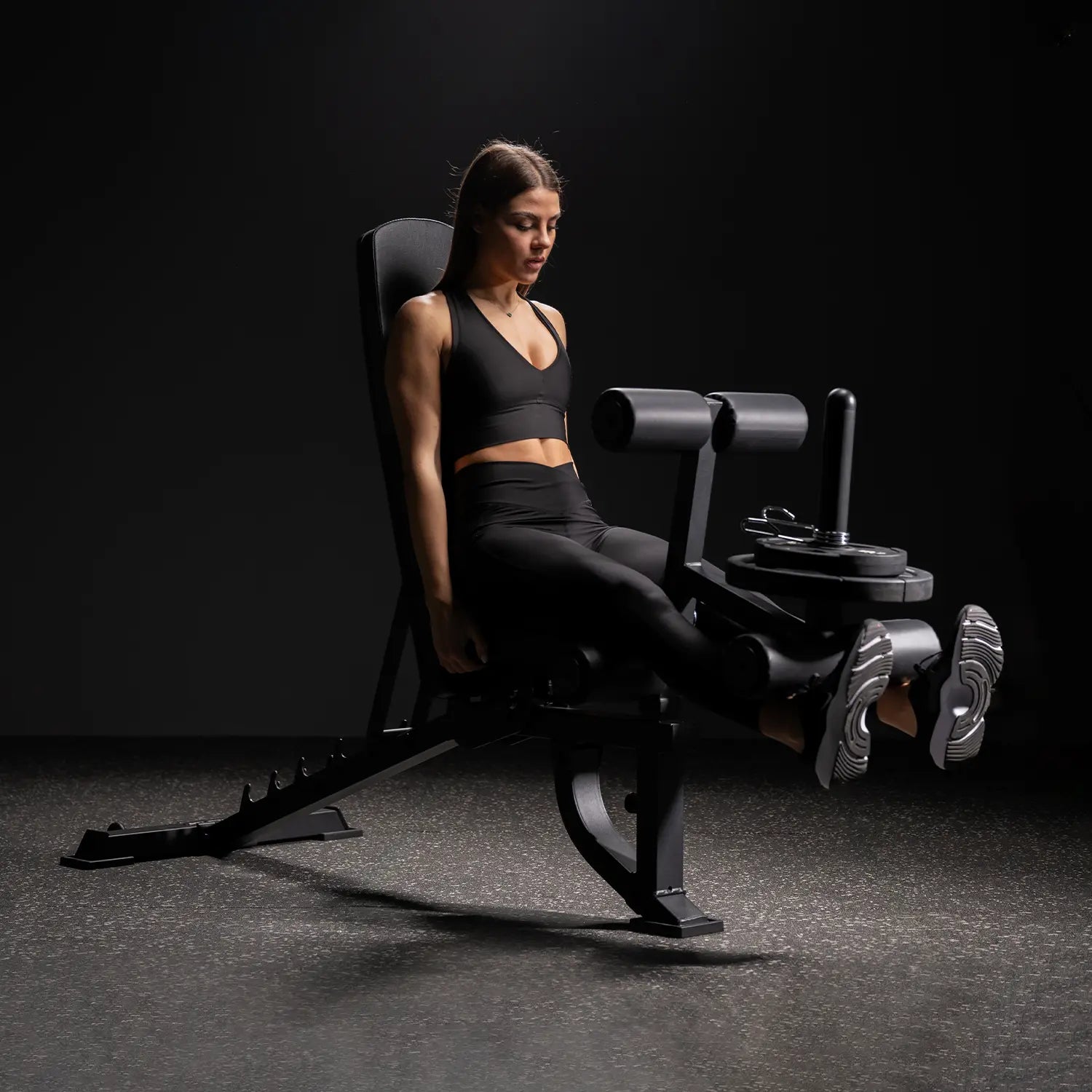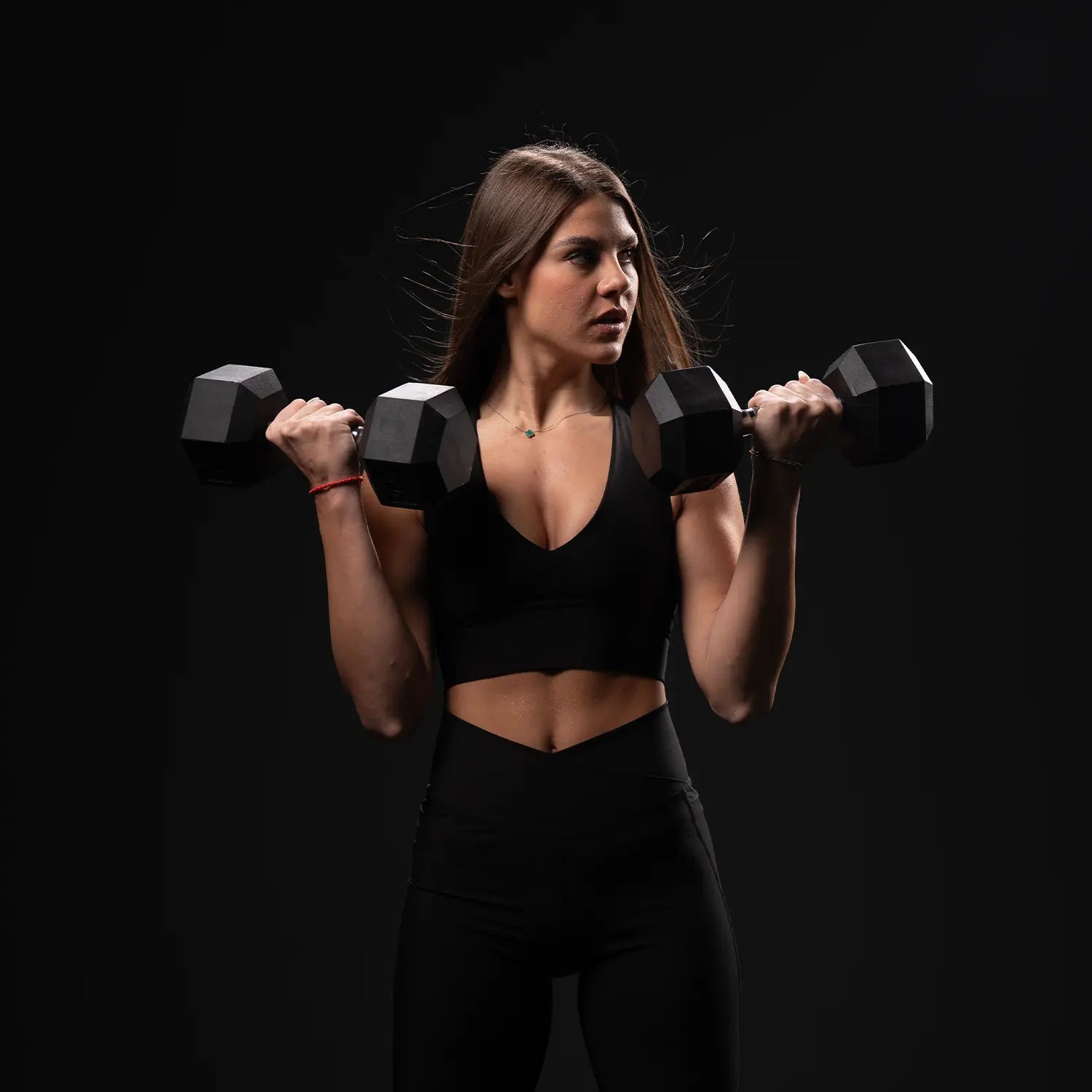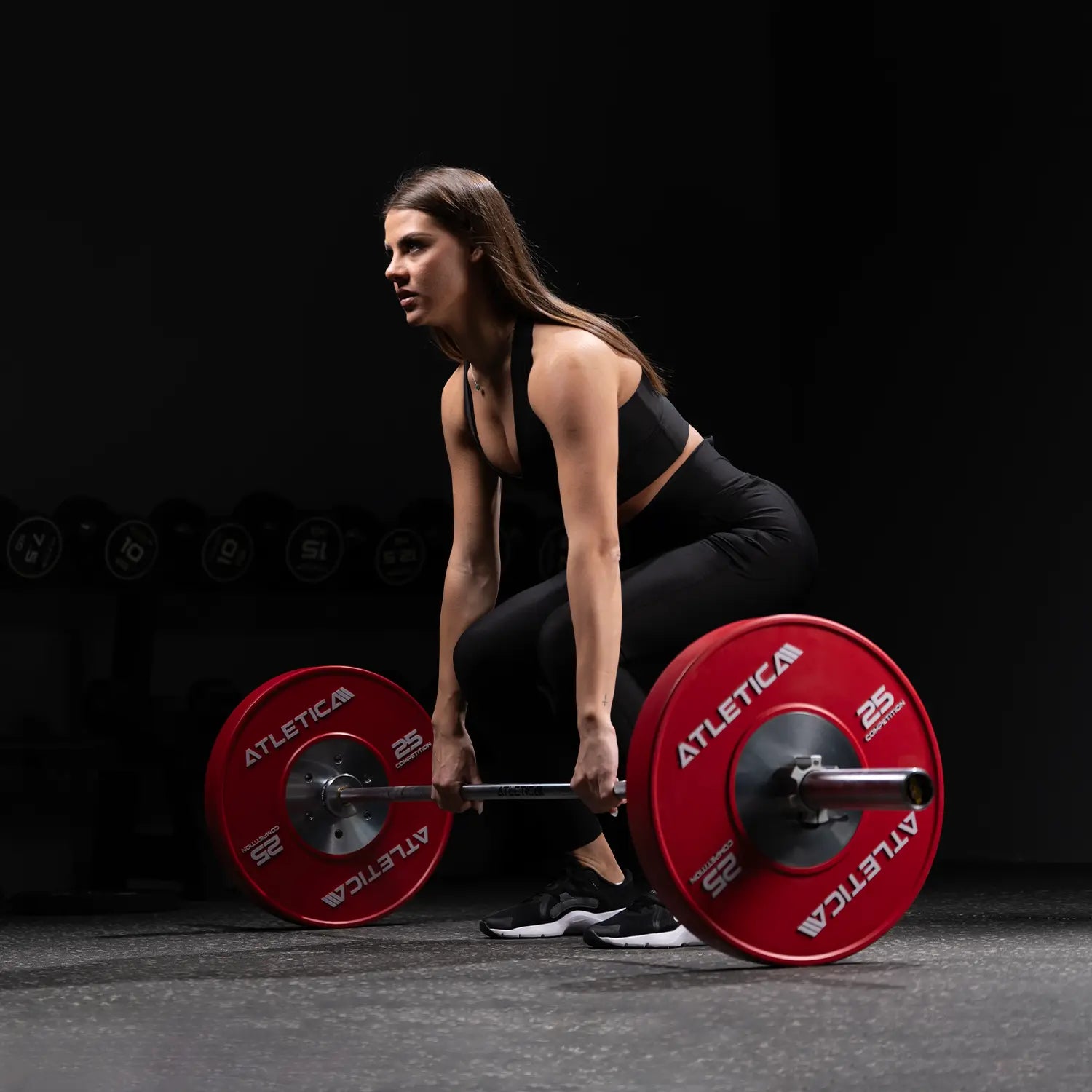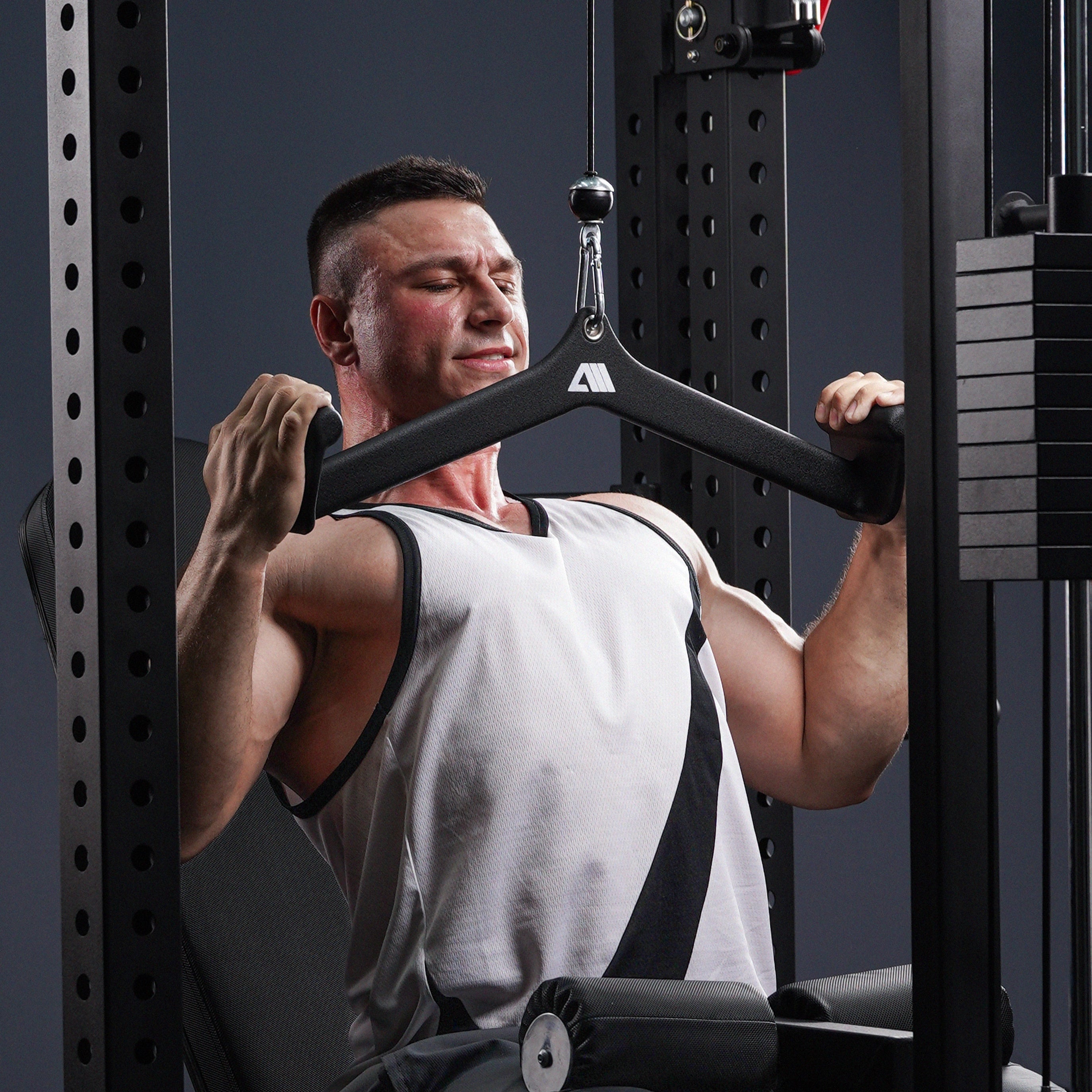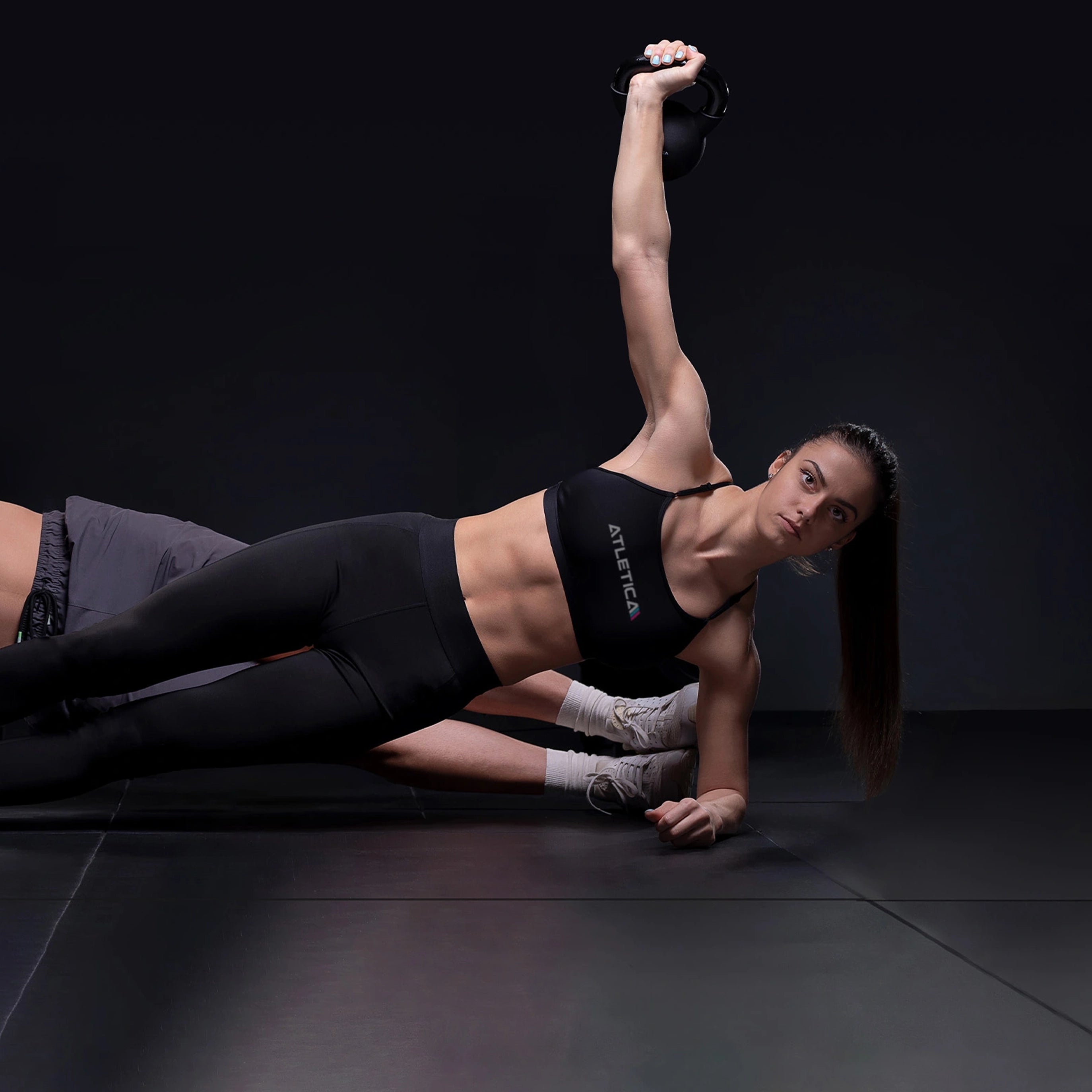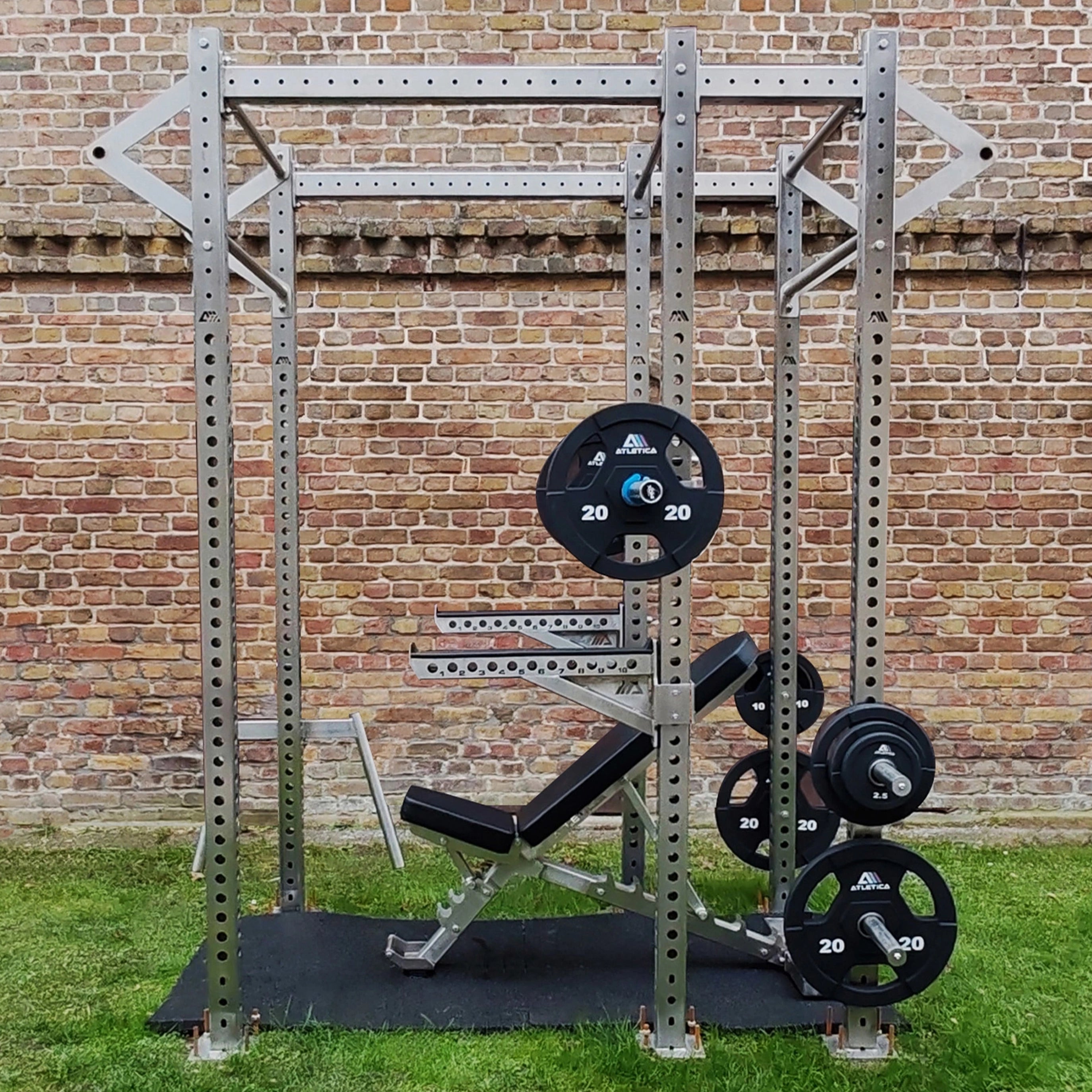A tense neck can not only be uncomfortable but also limit your range of motion. Neck stretching is a simple yet highly effective method to relieve tension, increase flexibility, and improve circulation. In this article, you'll learn how to relax your neck area with targeted stretching exercises to prevent pain and improve your overall well-being.

What is neck stretching?
Neck stretching refers to a series of stretching exercises specifically designed to relax and stretch the muscles in the neck area. The goal is to relieve tension, promote mobility, and improve circulation. Neck tension is often caused by long-term poor posture, stress, sedentary activities, or one-sided strain. Regular neck stretching helps relieve and prevent these problems.
How does neck stretching work?
Neck stretching involves gentle movements that bring the muscles to their full length through slow stretching and twisting. Typical exercises include:
- Tilting the head to the side
- Turning the head from left to right
- Bending the head forward and backward
- Shoulder circles and stretching the upper back muscles
Benefits of neck stretching:
- Relief from tension: Stretching exercises help to loosen the neck muscles.
- Promoting mobility: Regular stretching improves neck flexibility and prevents stiffness.
- Stress relief : Stretching exercises can reduce stress and improve overall well-being by relieving tension in the neck.
- Pain relief : Especially for head or neck pain, neck stretching can help relieve pain and support healing.

Neck stretching is an effective method for relieving tension and maintaining flexibility in the neck area. Regular stretching not only prevents pain but also promotes overall mobility and well-being.
Your Atletica Top 5 Neck Stretching Exercises
To relieve neck tension and improve mobility, here are the best neck stretching exercises you can incorporate into your daily workout routine. These exercises will help relax your neck and stretch the muscles:
1. Neck tilt to the side
- How to do it : Sit up straight and slowly lower your head toward your right shoulder until you feel a stretch on the left side of your neck. Hold this position for 20-30 seconds, then switch sides.
- Why is it helpful? : This exercise stretches the lateral neck muscles and helps relieve tension.
2. Neck rotation
- How to do it : Sit up straight and slowly turn your head to the right so that your chin is over your right shoulder. Hold for 20-30 seconds and repeat on the left side.
- Why is it helpful? : This exercise promotes neck rotation and releases stability tension.
3. Neck bends forward and backward
- How to do it : Slowly bend your head forward so that your chin touches your chest, and hold for 20-30 seconds. Return to center and bend your head back so that your chin is lifted and you're looking up. Hold for 20-30 seconds.
- Why is it helpful? : This exercise stretches both the front and back neck muscles, which helps improve flexibility.
4. Shoulder circles
- How to do it : Stand upright and let your arms hang loosely. Now make large circles with your shoulders, forward and then backward. Repeat the movement for 30 seconds.
- Why is it helpful? : This exercise helps relieve tension in the neck and shoulders and improves blood circulation.
5. Stretching the upper back muscles
- How to do it : Sit upright, interlace your fingers behind your head, and slowly push your head forward until you feel a stretch in your upper back and neck. Hold this position for 20-30 seconds.
- Why is it helpful? : This exercise stretches both the neck muscles and the upper back muscles, which helps relieve tension and improve posture.

Regular neck stretching helps relieve tension, increase mobility, and reduce pain. These top 5 neck stretching exercises are easy to perform and can be done both at home and in the gym. Incorporate them into your daily fitness routine to promote neck health and relieve tension!
Which fitness equipment helps?
There are various fitness devices that support neck stretching and help stretch the neck, relieve tension, and improve stability. These devices not only promote mobility and flexibility but also strengthen the neck and shoulder muscles, leading to better posture and less discomfort. Here are some fitness devices that can be particularly useful:
1. Fascia roller (foam roller)
- How does it help? : A foam roller is an excellent tool for loosening neck muscles and relieving tension. You can gently roll the roller over your neck and shoulders to stretch the muscles and promote circulation.
- Advantage: It helps to loosen stuck fascia and muscle tension, allowing for deeper relaxation of the neck muscles.
2. Neck massager
- How does it help? A neck massager or a shiatsu massager can directly massage the muscles in the neck area, relieving tension. These devices provide a targeted and soothing massage that helps relax and loosen muscles.
- Advantage: The massage promotes blood circulation and helps to relax the neck muscles, which improves flexibility and range of motion of the neck.
3. Exercise ball (Swiss Ball)
- How does it help? : An exercise ball can help stretch and stabilize the neck during certain exercises. You can sit on the ball or lie on your back and gently stretch your head in different directions.
- Advantage: The ball creates instability, which activates additional stabilizing muscles in the neck and throughout the upper body while you stretch the neck.
4. Theraband
- How does it help? : Therabands can be used for targeted stretching exercises in the neck area. You can place the band around your hands or head and gently pull it in different directions to stretch and stabilize the muscles.
- Advantage: This exercise strengthens the neck and shoulder muscles and helps with mobilization and stretching.
5. Suspension trainer (TRX)
- How does it help? : Suspension training (such as the TRX trainer) offers an effective way to improve neck and shoulder stability. Exercises that stabilize the body at different angles activate and strengthen the neck muscles.
- Advantage: Suspension trainers enable core stability and posture correction exercises that relieve pressure on the neck area and strengthen the muscles throughout the upper body.
6. Neck support pillows and ergonomic devices
- How does it help? Ergonomic neck support pillows or devices like neck rolls can help promote healthy posture and prevent tension. They support the neck area, especially during rest, while you sleep or relax.
- Advantage: These devices ensure proper alignment of the spine and neck, which in the long run leads to less tension and better posture.

Conclusion on neck stretching
Fitness equipment such as foam rollers, neck massagers, suspension trainers, and therabands offer targeted support for stretching and strengthening your neck muscles. They not only help relieve tension but also contribute to improved neck stability and flexibility. Incorporate these devices into your workout or relaxation routine to relieve neck strain and maintain long-term freedom of movement.


